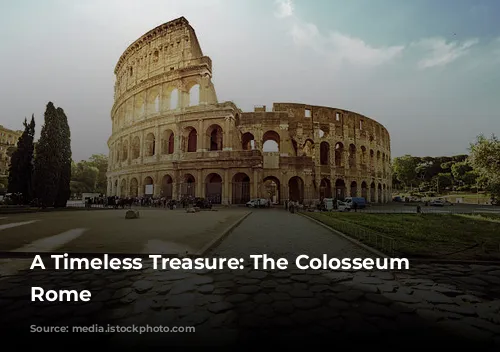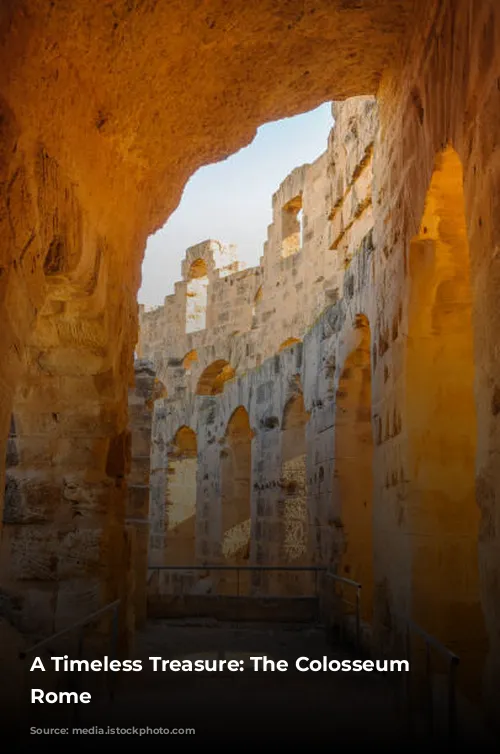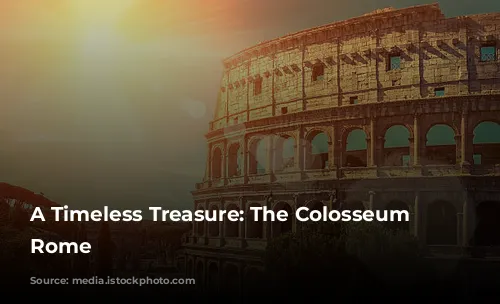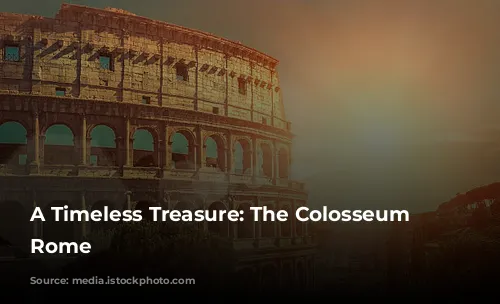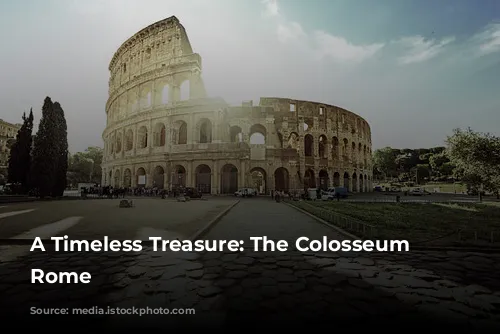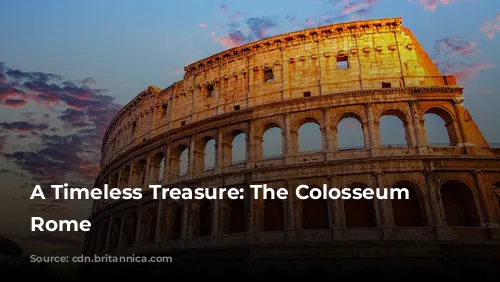The Colosseum, a magnificent monument to the ingenuity of ancient Rome, stands as a testament to the architectural and engineering prowess of the past. Not only a symbol of Roman grandeur, it also plays a vital role in the modern economy, drawing thousands of tourists to the Italian capital each year.
A Beacon of Roman Glory
The Colosseum’s presence on the global stage is undeniable. In 2018 alone, the Colosseum, Roman Forum, and Palatine Hill together generated over $63.3 million (€53.8 million), making it the most lucrative tourist attraction in all of Italy. This monument serves as a potent reminder of Rome’s enduring legacy, drawing visitors from around the world eager to witness its grandeur firsthand.
From Glory to Neglect and Back
The passage of time has dealt The Colosseum a mixed hand. After the fall of the Western Roman Empire, the once-glorious structure began to deteriorate. For centuries, it was used as a fortress by powerful families and even as a quarry, its stones being used for other buildings. The Colosseum, once a symbol of Roman power, faced a slow decline.
However, as the 20th century dawned, a renewed appreciation for The Colosseum’s historical significance led to state-funded restoration efforts. This revitalization project aimed to restore the Colosseum to its former glory, ensuring its survival for future generations.
A Monument of Entertainment
The Colosseum was built under the reign of the Flavian emperors as part of a grand plan to revitalize Rome after a tumultuous period. Emperor Vespasian, seeking to entertain the masses and solidify his rule, envisioned the Colosseum as a platform for grand spectacles.
The structure served as a venue for gladiatorial combat, animal hunts, and even simulated naval battles. These spectacular events attracted large crowds, showcasing the Roman Empire’s might and providing a thrilling escape from the mundane.
Construction and Symbolism
The construction of The Colosseum began under the emperor Vespasian between 70 and 72 CE. The completed structure, dedicated in 80 CE by his son and successor, Titus, served as a symbol of the Flavian dynasty’s power and prosperity.
The Colosseum’s fourth story, added by Emperor Domitian in 82 CE, further enhanced its grandeur. It is important to note that the funds for its construction came from the spoils of war, specifically from the sack of Jerusalem in 70 CE, a fact that highlights the complex history surrounding the monument.

A Symbol of Roman Engineering
The Colosseum is a marvel of engineering, a testament to the Roman Empire’s architectural expertise. This elliptical structure, built from stone, concrete, and tuff, rises to four stories. Its sheer size, measuring 620 by 513 feet (189 by 156 meters), allowed it to accommodate an audience of up to 50,000 spectators.
The Colosseum’s innovative design incorporated a system of arches and vaults, which allowed for its impressive height and structure. Its placement near Nero’s Golden House, a symbol of tyranny, marked a significant shift in power and a transition from private extravagance to public entertainment.

Spectacle and Innovation
The Colosseum’s design included a retractable awning known as a velarium. This ingenious invention, operated by hundreds of Roman sailors, protected spectators from the sun’s harsh rays.
The Colosseum was the site of countless events, from gladiatorial battles to mock naval engagements. While the precise nature of its use remains under debate, its purpose as a venue for public spectacle is undisputed. It stands as a lasting testament to the Romans’ fascination with large-scale entertainment.
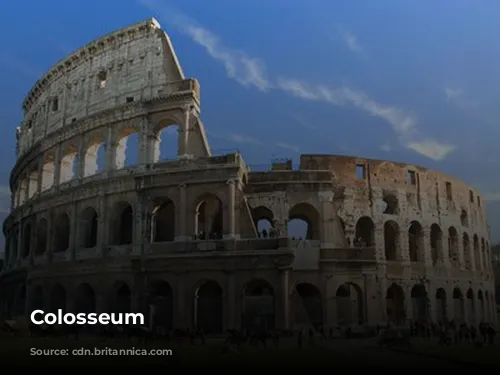
From Glory to Neglect and Restoration
The Colosseum endured a tumultuous journey after the fall of the Roman Empire. For centuries, it was neglected and repurposed, used as a church, a fortress, and even a quarry. However, the 19th century saw a renewed interest in its preservation, leading to significant restoration efforts.
The 1990s witnessed a major restoration project, funded by the Italian government, aimed at returning the Colosseum to its former glory. These efforts have ensured its survival for future generations and continue to provide insights into the history and culture of ancient Rome.
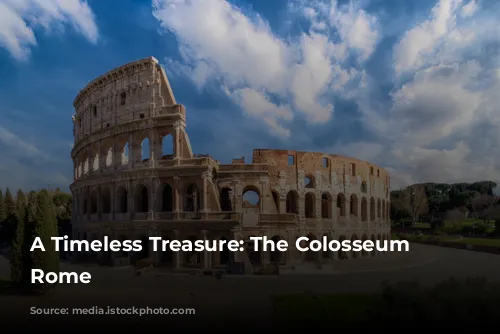
An Enduring Legacy
The Colosseum remains a symbol of Rome’s enduring legacy, attracting millions of visitors annually. It continues to inspire awe and fascination, offering a glimpse into the grandeur of the Roman Empire. From its construction as a symbol of imperial power to its role as a tourist attraction, the Colosseum stands as a testament to the enduring allure of ancient Rome.
